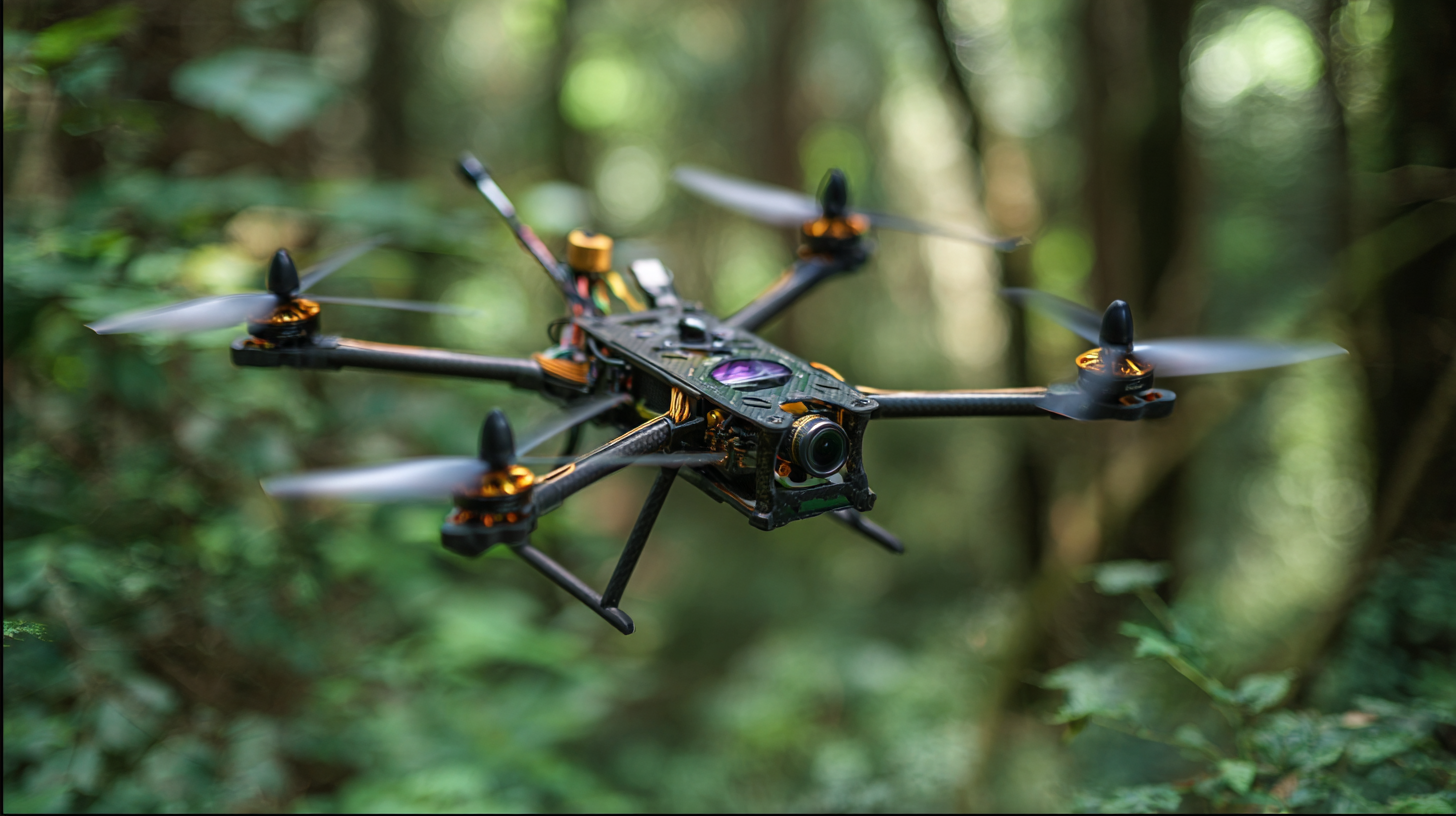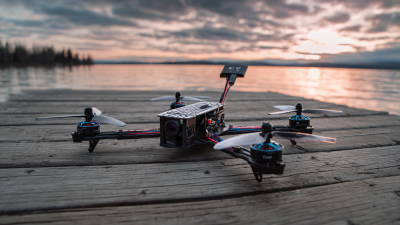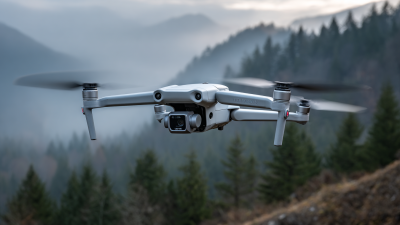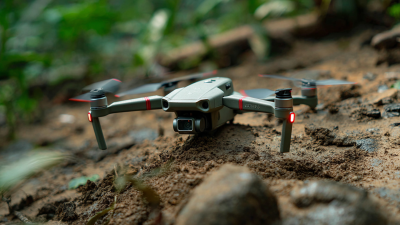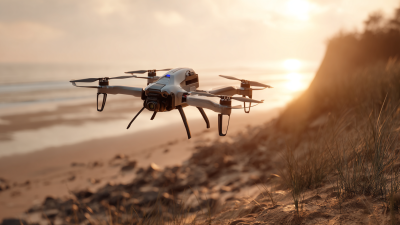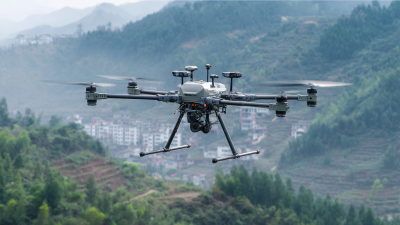Leave Your Message
As aerial photography continues to evolve, the advent of Long Range FPV Drones is poised to revolutionize the landscape of photography and videography. According to a recent report by ResearchAndMarkets, the global drone market is projected to reach $42.8 billion by 2025, driven by advancements in technology and increasing demand for high-quality aerial imagery. Long Range FPV Drones, characterized by their ability to transmit live video over extended distances, are becoming indispensable tools for filmmakers, real estate professionals, and outdoor enthusiasts. A study from the Federal Aviation Administration (FAA) indicates that the use of drones in commercial settings is expected to grow significantly, further emphasizing the potential for Long Range FPV Drones in capturing stunning visuals from previously inaccessible vantage points. As the technology behind these drones improves, they not only enhance the creative possibilities for photographers and videographers but also elevate safety and efficiency in capturing breathtaking aerial perspectives.
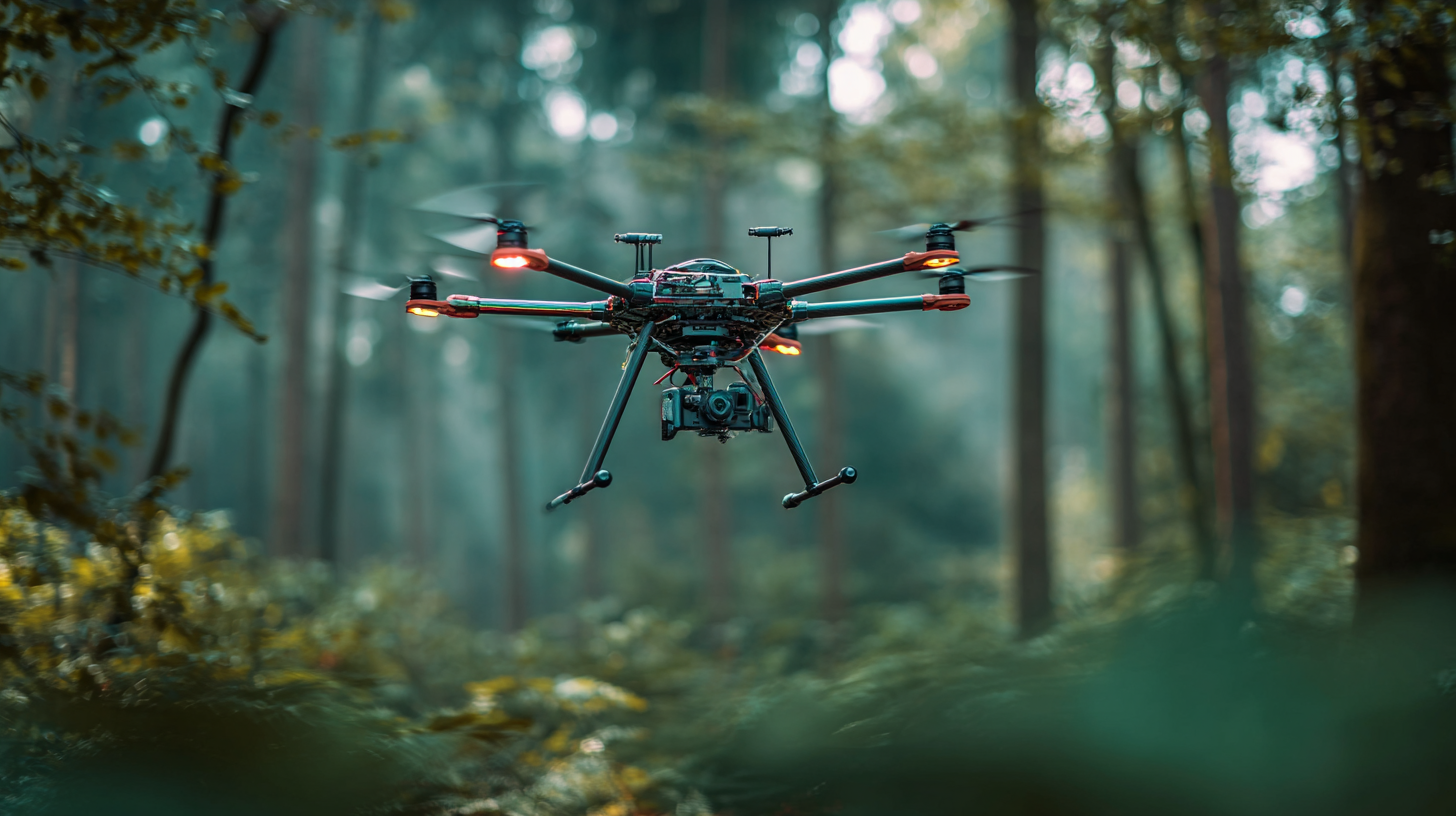
The emergence of long-range FPV drones is revolutionizing aerial photography techniques, expanding possibilities for both amateur and professional photographers. With the commercial drone market projected to reach approximately $47.4 billion by 2032, the increasing accessibility and affordability of these advanced UAVs are significantly changing how photographers capture stunning visuals. Long-range capabilities allow photographers to explore remote locations without physical constraints, enabling coverage of wider areas with incredible detail.
Furthermore, as observed in the ongoing developments of drone technology amid the Russia-Ukraine conflict, drones are proving to be crucial tools for reconnaissance and real-time data collection. The capability of FPV drones to operate in urban environments and densely populated areas grants aerial photographers new perspectives on subjects previously difficult to access. These advanced drones not only enhance traditional photography techniques but also integrate innovative approaches such as dynamic framing and real-time adjustments, fostering more creative and engaging visual storytelling. As we continue to navigate the evolution of both aerial photography and drone technology, the impact of long-range FPV drones will undoubtedly shape the future of this field.
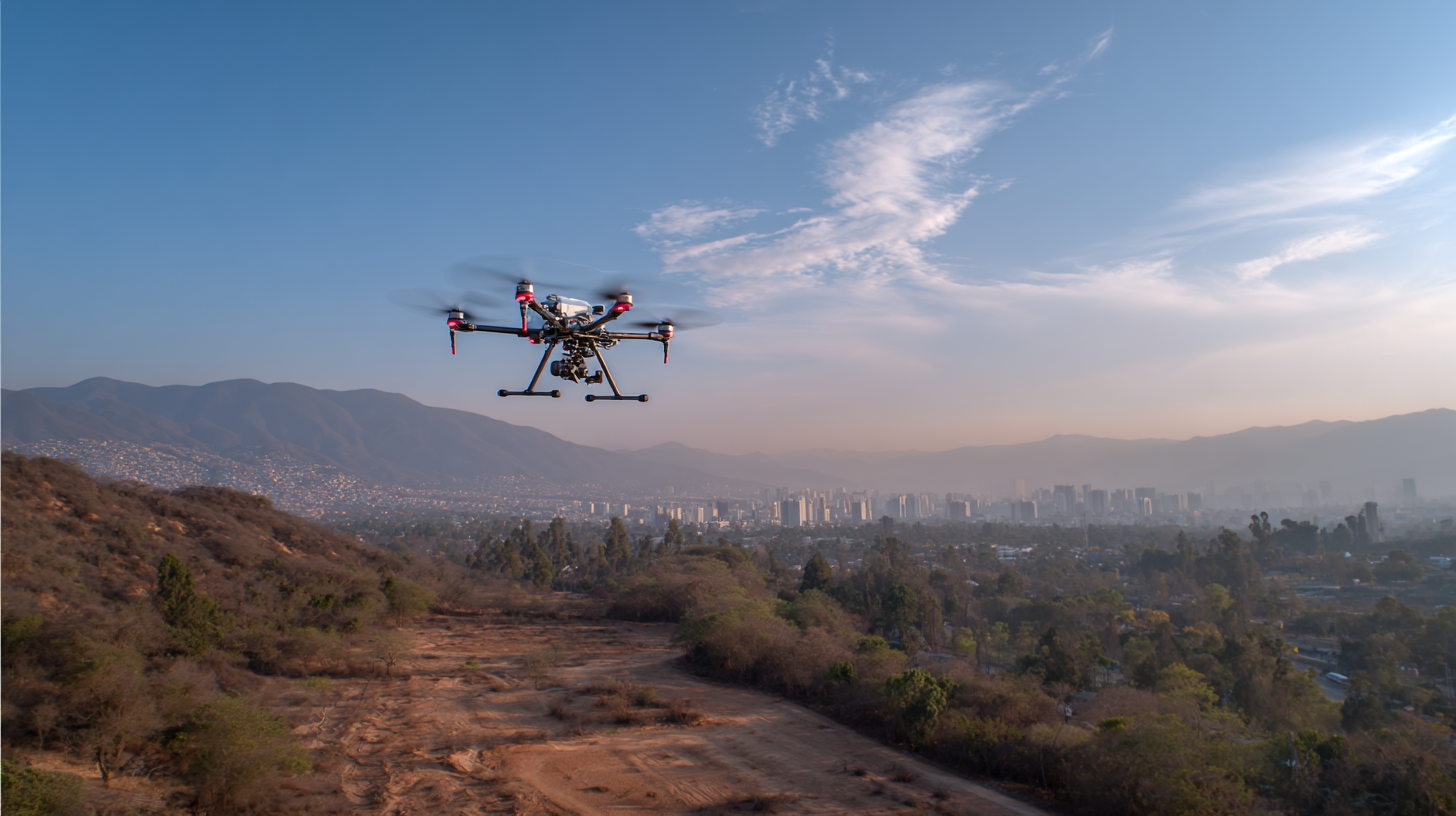
The advent of long-range FPV drones has significantly transformed the landscape of aerial photography. These drones offer advantages that cater to both amateur and professional photographers, effectively enabling breathtaking high-quality imaging from previously unreachable vantage points. With enhanced battery life and advanced navigation systems, photographers can explore expansive terrains and capture stunning visuals that highlight intricate details across vast distances.
Tips for maximizing the potential of long-range FPV drones include ensuring your drone is equipped with a high-resolution camera and gimbal stabilization for smoother shots. Additionally, familiarizing yourself with the flight regulations in your area is crucial for safe and legal flying, minimizing potential disruptions to your photography missions. Experimenting with different flight modes can also aid in achieving unique angles that enhance the storytelling of your images.
Another advantage of these drones is their ability to operate in varied environmental conditions. Wind resistance and improved tracking capabilities allow for consistent performance, even in challenging weather. To make the most of this feature, consider conducting test flights under different conditions, noting how your drone behaves, so you can adapt your shooting strategy accordingly. This preparation will not only boost your confidence but also refine your skills as an aerial photographer.
The future of aerial photography is being significantly shaped by emerging technologies, particularly long-range FPV (First Person View) drones. These advanced drones offer unparalleled capabilities, enabling photographers to capture stunning images from previously inaccessible angles and heights. With improved battery efficiency, enhanced flight stability, and high-definition cameras, photographers can venture farther than ever, transforming landscapes into breathtaking visual narratives.
Moreover, the integration of AI and advanced software into drone technology is revolutionizing how aerial photography is approached. Intelligent systems can now automatically adjust settings based on environmental conditions, analyze scenes in real-time, and even create complex aerial shots with minimal human intervention. This not only boosts the creative potential for photographers but also democratizes aerial imaging, allowing enthusiasts with minimal experience to achieve professional-quality results. As these technologies continue to evolve, the possibilities for aerial photography will expand, offering new avenues for artistic expression and documentation.
Long range FPV (First Person View) drones are transforming the landscape of aerial photography, offering unprecedented perspectives and capturing stunning visuals. However, utilizing these advanced drones comes with a unique set of challenges and considerations that must be addressed to ensure both safety and effectiveness. One of the primary concerns is regulatory compliance. Operators must navigate a complex web of local and national laws regarding drone flight, especially when flying beyond visual line of sight (BVLOS). Understanding the legal landscape is essential to avoid fines and ensure safe operation.
Another significant challenge is the technical demands of long-range flying. Pilots need to be adept at managing variables such as battery life, signal range, and weather conditions. Extended flights can lead to a greater risk of signal loss or battery depletion, which can jeopardize the drone and its ability to capture high-quality images. Additionally, piloting long range FPV drones often requires a higher level of skill and experience. Operators should invest in thorough training and practice to develop the necessary proficiency, ensuring they can handle any complications that may arise during a flight.
As the popularity of First-Person View (FPV) drones in aerial photography grows, regulatory frameworks play a crucial role in shaping their future. According to the Federal Aviation Administration (FAA), the number of registered drones in the United States surpassed 1.7 million in 2020, with FPV drones increasingly used for both recreational and commercial purposes. However, ensuring safety and compliance requires robust guidelines. Countries like the UK and Australia are implementing regulations that mandate drone operators to undergo training and certification, which may serve as a model for other regions.
While navigating the complex regulatory landscape can be challenging, it is essential for drone operators to stay informed about local laws. For instance, the European Union’s Drone Regulation 2019/947 emphasizes drone pilot competency and safety measures, which can significantly enhance public trust and operational credibility.
**Tips:** Always register your drone and check both national and local regulations before flying. Joining an FPV community can provide you valuable insights into compliance and best practices in aerial photography. Keeping abreast of updates in regulations can help you leverage the technology safely and legally, ensuring a sustainable future for the industry.
